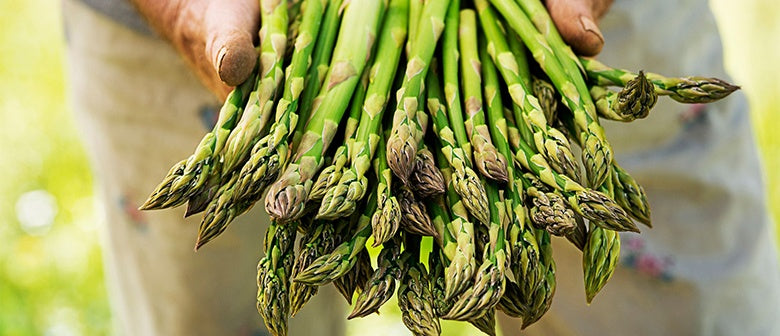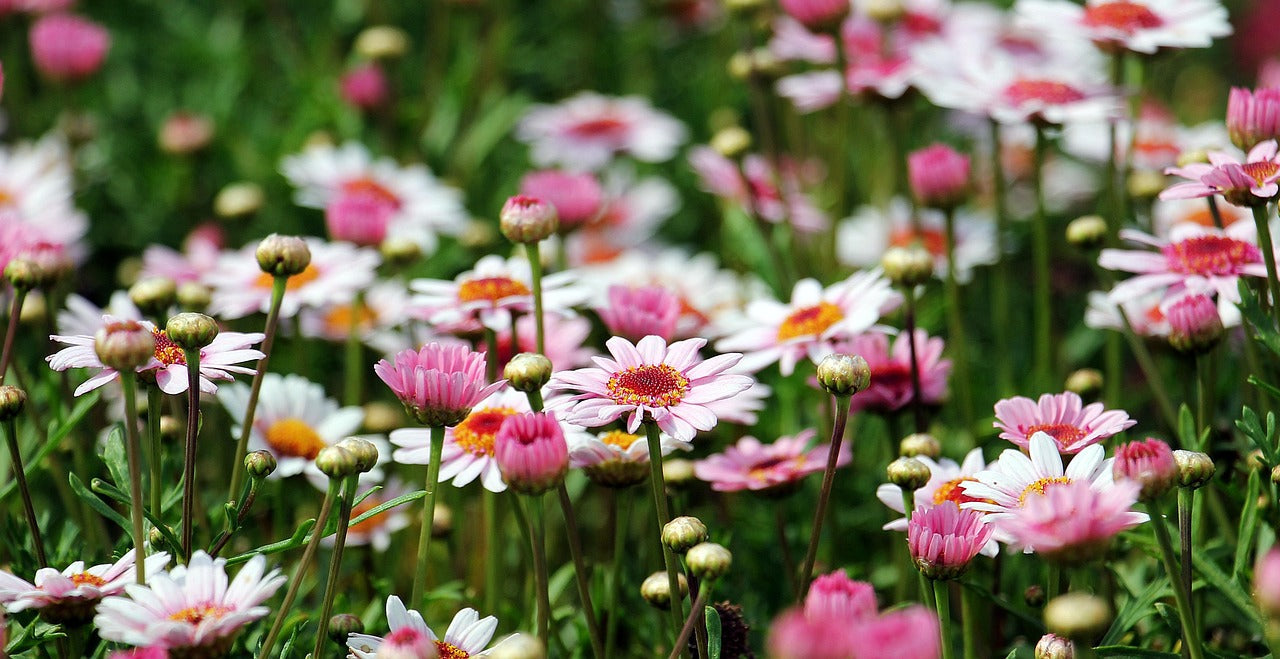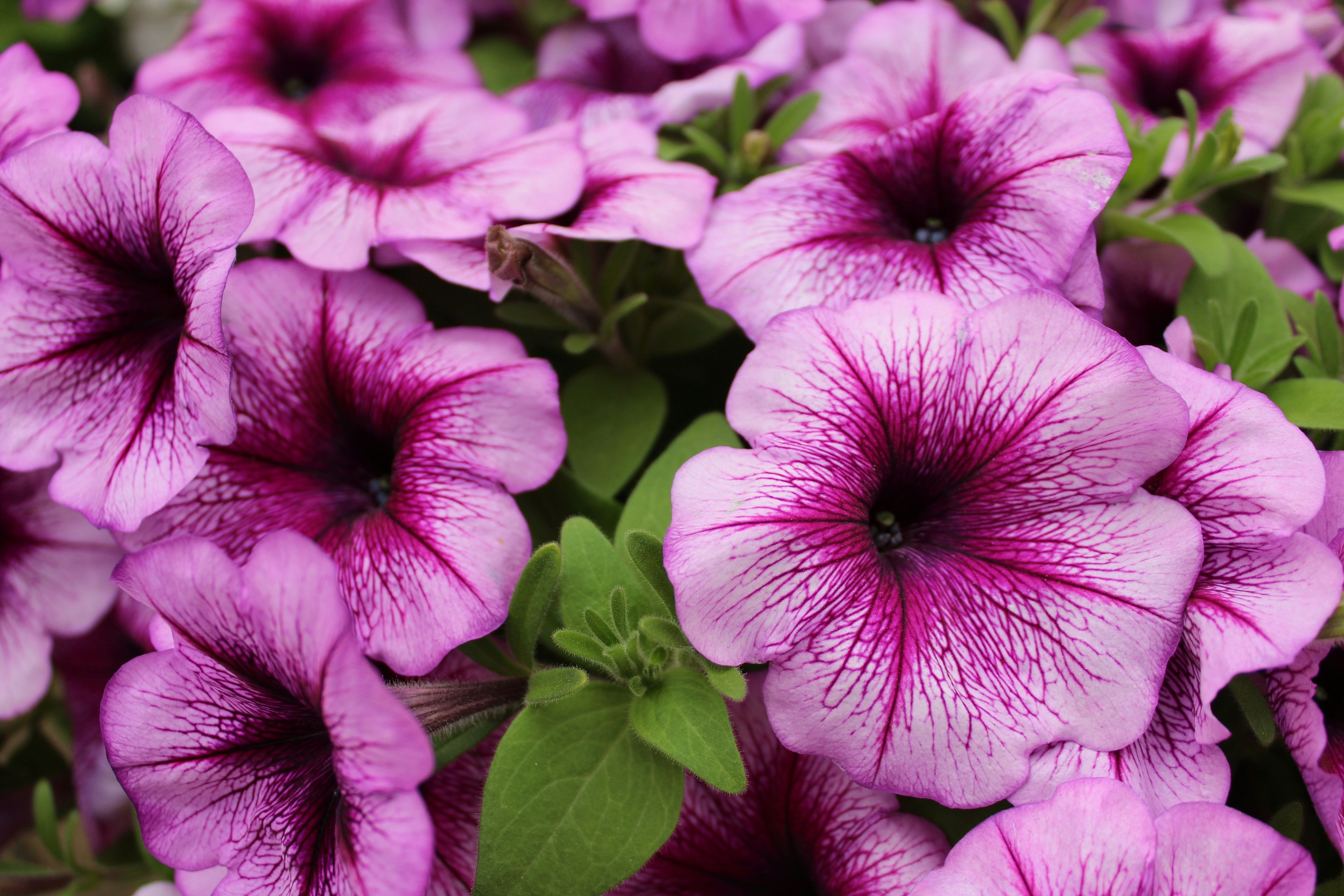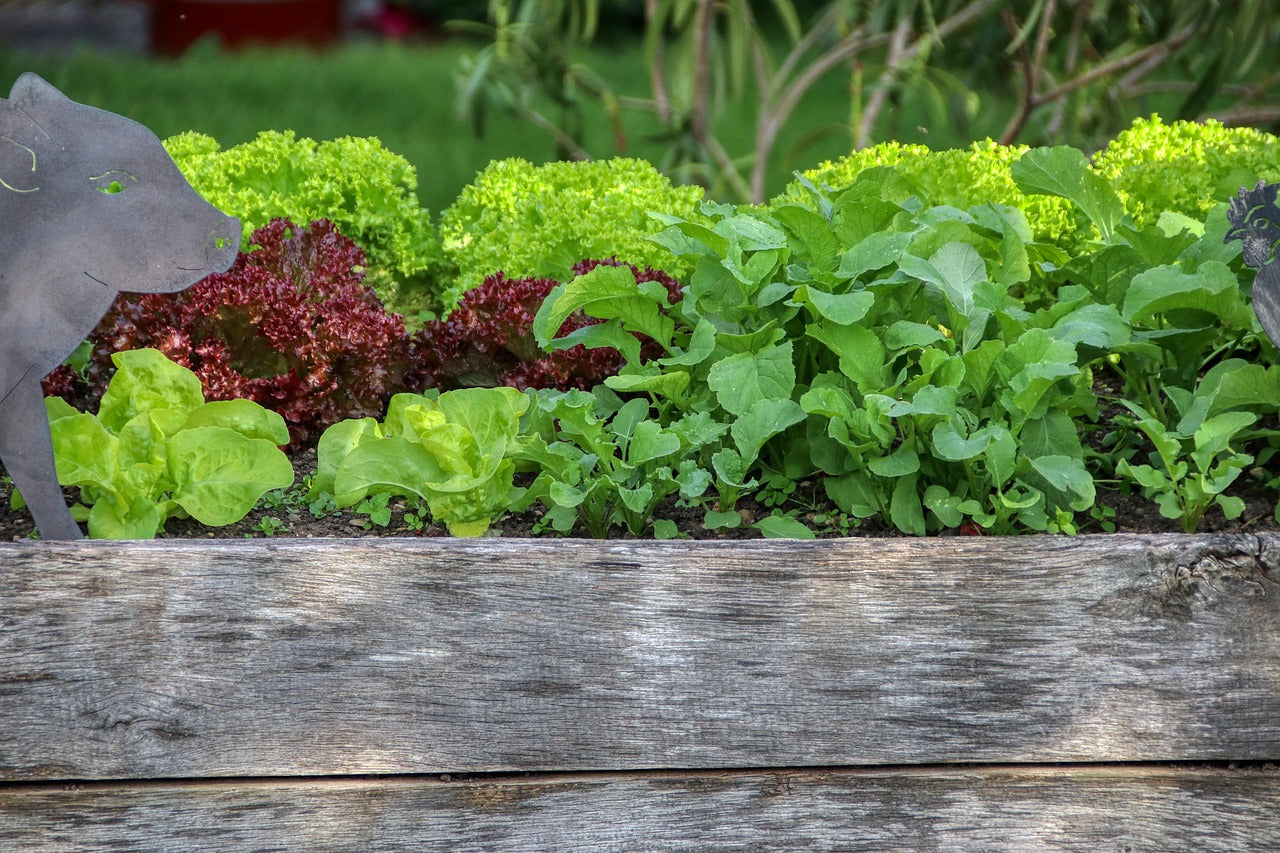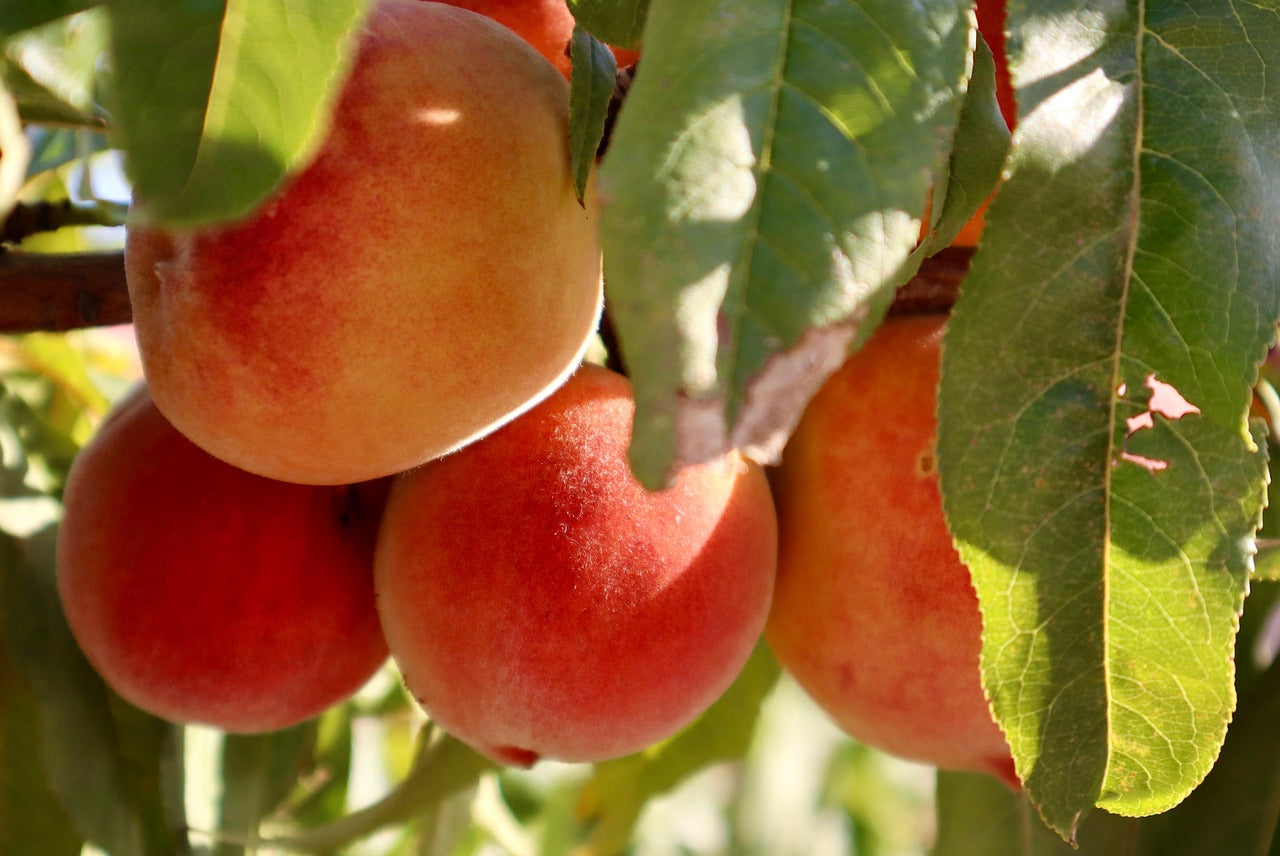How to Grow Asparagus
Grow asparagus in your own backyard! It’s easy to grow asparagus – it’s a perennial crop which means that it will pop up year after year.
Asparagus is an old vegetable, originally from the marshes of the Mediterranean. Asparagus can reach lofty heights, producing fern-like stems.
One of the first crops of a Spring harvest and rich in Vitamin B, C, calcium and iron – it’s also a healthy meal addition. If you can find a spot, it is definitely a crop worth investing in as nothing beats fresh asparagus.
When to Plant Asparagus
In warmer regions, asparagus crowns can be planted from July to December. In cooler regions, plant from September to December.
Above anything else, asparagus needs patience, as it can take a good couple of years to begin producing.
Where to Plant Asparagus
Establishing the ultimate conditions for your asparagus certainly pays dividends. Pick a sunny spot as asparagus love the warm environment, but make sure they have good drainage – they don’t like having wet feet as it can rot their roots. Asparagus does best in lighter soils that warm up quickly in the Spring sun. Its fat roots can’t easily break through clay or compacted layers, but will delve down into good soil. Raised beds or behind retaining walls will provide the drainage and soil warmth that asparagus crave. Although asparagus can tolerate some shade, full sun is preferential as it produces more vigorous plants, and helps to minimise disease.
It’s important to note that asparagus crops can occupy the same spot for 20 years or more.
How to Plant Asparagus
When planting asparagus you can either sow seeds, which will take 2-3 years to mature into crowns. Or you can plant crowns directly into the soil, with the roots facing down in to the soil. Make a trench 200mm deep to plant your crowns in, planting about the same distance apart – but only cover with 50mm of soil. Once again this is all about warmth, letting the sun warm the soil around the crown. Over the course of the year, with weeding and worm movement, the trench will slowly fill in until all is levelled.
Harvesting Asparagus
Do not harvest the spears in the first year and be sure to keep the garden bed thickly mulched – we like Tui Mulch’n Feed. Harvest only the thick, strong-looking spears and let anything spindly and thin grow into photosynthesising fronds as soon as possible to strengthen the plant for next year. To harvest, cut with a sharp knife at the base when the buds at the tip are still tightly closed.
If you can’t get through all your harvested asparagus, it can be frozen and defrosted as needed.
After Harvesting
Allow the asparagus fronds to grow into a mass of feathery green goodness over Summer. If needed, support with a string or stake to stop breakage in the wind.
With the cold of Winter, these fronds will turn brown and die off. Before the end of Winter, cut and turn into mulch, weed the bed well, add a light layer of compost or mulch.
Male & Female Spears
Males tend to have thinner spears, but yield more over a longer life. The female uses up 30 per cent of her carbohydrate energy to produce little red berries over summer, these fall to the ground and sprout.

